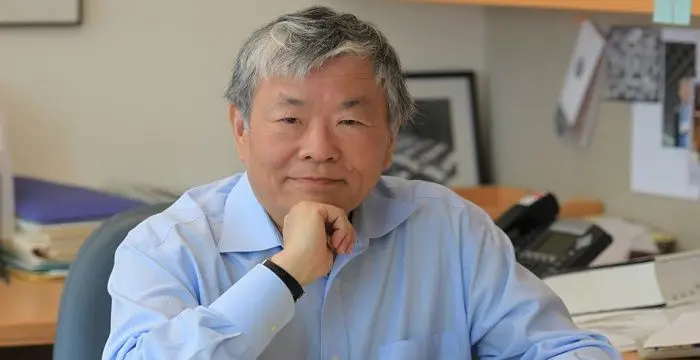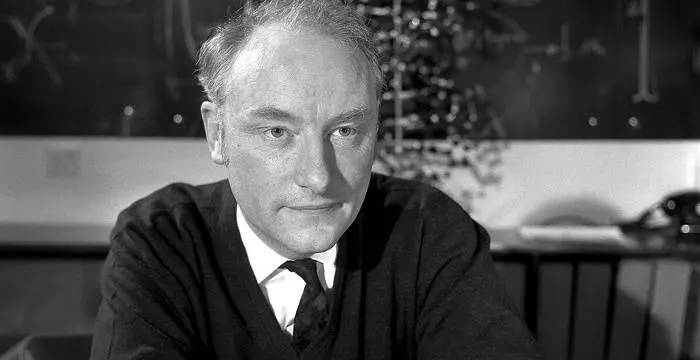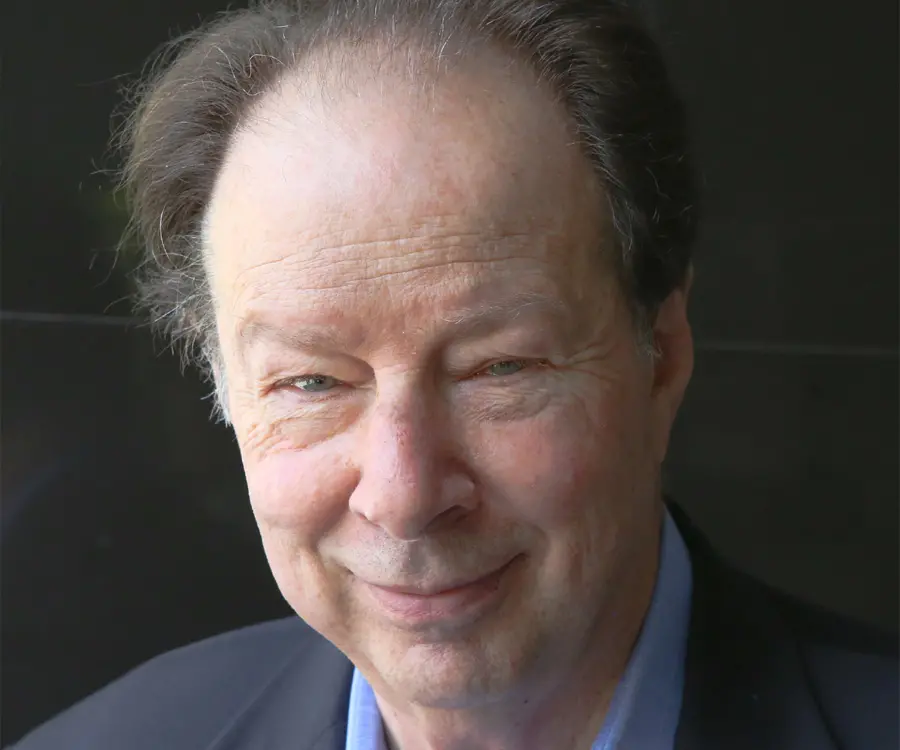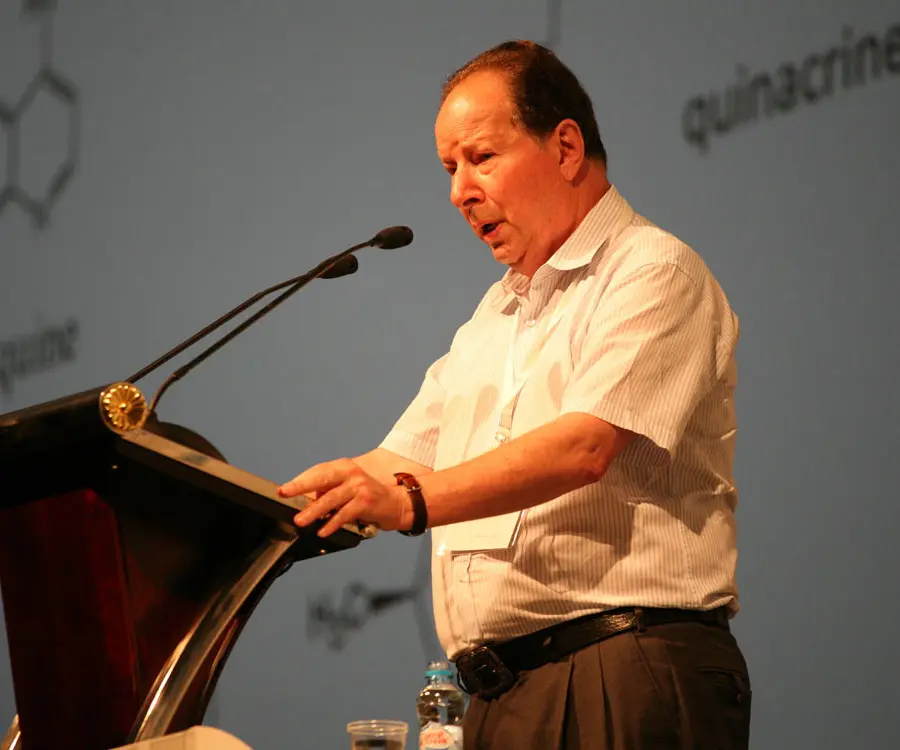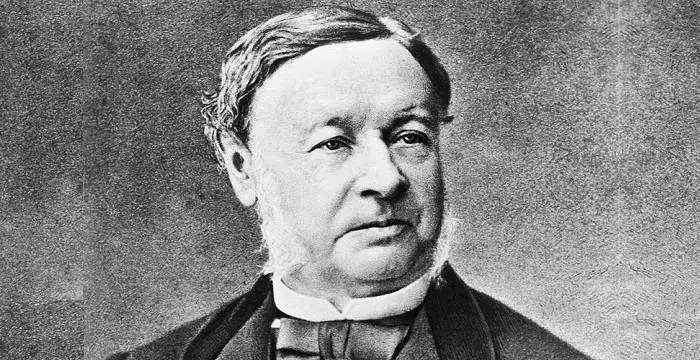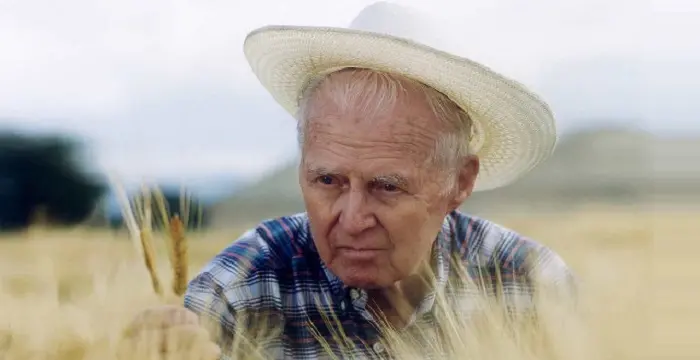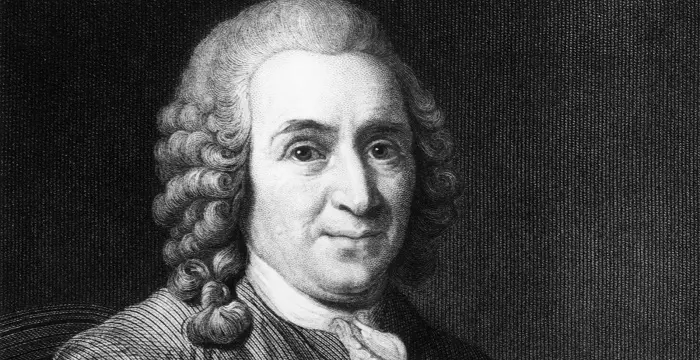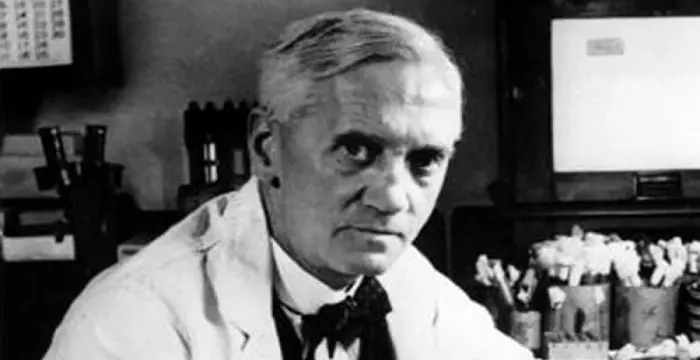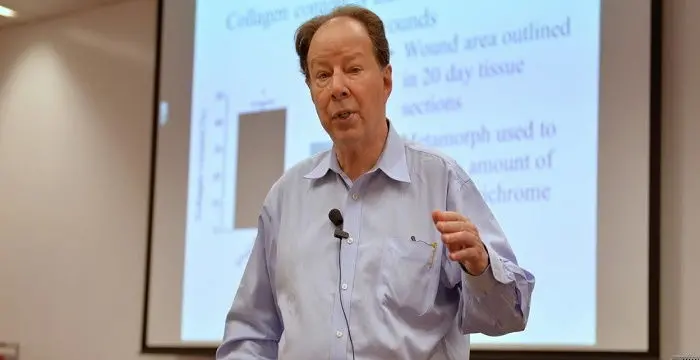
Sidney Altman - Molecular Biologists, Facts and Life
Sidney Altman's Personal Details
Sidney Altman is a Canadian-American molecular biologist who was bestowed with the Nobel Prize in Chemistry in 1989
| Information | Detail |
|---|---|
| Birthday | May 7, 1939 |
| Nationality | Canadian, American |
| Famous | Massachusetts Institute Of Technology, Scientists, Biologists, Molecular Biologists |
| Spouses | Ann Korner (m. 1972; 2 children) |
| Childrens | Daniel, Leah |
| Universities |
|
| Notable Alumnis |
|
| Birth Place | Montreal, Quebec, Canada |
| Born Country | Canada |
| Gender | Male |
| Father | Victor Altman |
| Mother | Ray Arlin |
| Sun Sign | Taurus |
| Born in | Montreal, Quebec, Canada |
| Famous as | Molecular Biologist |
// Famous Molecular Biologists
Susumu Tonegawa
Susumu Tonegawa is a Japanese molecular biologist who was awarded the Nobel Prize for Physiology or Medicine in 1987. This biography of Susumu Tonegawa provides detailed information about his childhood, life, achievements, works & timeline.
James Watson
James Watson is an American molecular biologist and geneticist who played a crucial role in the discovery of the molecular structure of D.N.A. This biography provides detailed information about his childhood, life, achievements, works & timeline
Francis Crick
Francis Crick was an English molecular biologist, biophysicist and neuroscientist, who received the Nobel Prize for Medicine. This biography profiles his childhood, life, career, achievements and timeline.
Sidney Altman's photo
Who is Sidney Altman?
Sidney Altman is a Canadian-American molecular biologist who was conferred with the prestigious Nobel Prize in Chemistry in 1989 for his revolutionary discovery of the catalytic properties of RNA. Altman’s discovery was very crucial as it thrashed the age-old scientific belief that protein molecules were responsible for the catalytic activity of the complex while RNA served merely as a passive carrier. His discovery opened new avenues in scientific research and biotechnology that helped scientists think how cells actually function. His discovery also led to a new hypotheses regarding the emergence of RNA on Earth and the possibility that it was RNA that gave rise to Earth’s first life form. Altman’s success bears its roots to his early years. Coming from a family of meagre means, Altman did not let thefinancial shortcomings come in the way of his studies. He completed his bachelor’s from MIT and later worked at the MRC laboratory. Apart from making crucial scientific discovery, Altman has served in various academic posts at Yale University, finally taking up full professorship in 1980. Currently, Altman serves as the Sterling Professor of Molecular, Cellular and Development Biology and Chemistry at the University.
// Famous Scientists
Juliane Koepcke
Juliane Koepcke is a German-Peruvian biologist, who was the lone survivor among the 92 passengers and crew of the ill-fated LANSA Flight 508 that crashed in the Peruvian rainforest on 24 December 1971. Know more about her life in this biography.
Henry Cavendish
Henry Cavendish was a theoretical chemist and physicist, renowned for discovery of hydrogen and calculation of the mass of earth. To know more about his childhood, profile, timeline and career read on
Konstantin Tsiolkovsky
Konstantin Tsiolkovsky was a Russian rocket scientist and a pioneer of astronautics. This biography provides detailed information about his childhood, family, personal life, career, achievements, etc.
Childhood & Early Life
Sidney Altman was born on May 7, 1939 in Montreal, Quebec, Canada to Ray Arlin and Victor Altman. Both his parents were Eastern European immigrants to Canada. His mother worked as a textile worker, while his father was a grocer. He had an elder brother.
Since childhood, Altman knew the importance of education. He read voraciously and found an early interest in science. By the time he completed his high school, his family had secured for itself a safe financial future which allowed him to study further.
Completing high school, he moved to the United States where he enrolled at the Massachusetts Institute of Technology. In 1960, he obtained his Bachelor’s degree. In his final year at MIT, he took a short introductory course in molecular biology that familiarized him with nucleic acids and molecular genetics, thus preparing him for future endeavours in the subject.
Following his bachelor’s, Altman spent the next 18 months as a graduate student of physics at Columbia University. However, he left the program mid-way due to personal concerns and lack of lab opportunity for beginning graduate students
Altman next enrolled as a graduate student in biophysics at the University of Colorado Medical Center. Therein, he studied the effect of acridines on the replication of bacteriophage T4 DNA.
In 1967, he received his Ph.D. in biophysics from the University of Colorado with thesis advisor Leonard Lerman. The same year, he moved to Vanderbilt University, where he briefly worked as a researcher in molecular biology before leaving for Harvard.
Career
At Harvard, he joined American molecular biologist Matthew Meselson's laboratory, here he conducted research on bacteriophages. He studied DNA endonuclease involved in the replication and recombination of T4 DNA.
After his stint at Harvard, he became a researcher at the Medial Research Council Laboratory of Molecular Biology in Cambridge, England. It was at Cambridge that he collaborated with British biophysicist Francis Crick and South African biologist Sydney Brenner
While at Cambridge, Altman started the work that led to the discovery of RNase P and the enzymatic properties of the RNA subunit of that enzyme. It was the advice of John D. Smith and several other postdoctoral colleagues that helped him test his ideas.
In 1971, Altman secured the post of an assistant professor at Yale University. His career at Yale followed a typical standard academic pattern as he moved up the ranks to become a Professor in 1980. From 1983 to 1985, he served as the Department Chairman. In 1985, he became the Dean of Yale College, a position he served until 1989. On July 1989, he returned to serve as a full-time professor.
It was during his academic years at Yale that Altman came up with his Nobel Prize winning work. He analysed the catalytic properties of the ribozyme RNase P, a ribonucleoprotein particle consisting of both a structural RNA molecule and one (in prokaryotes) or more (in eukaryotes) proteins. Initially he believed that the protein subunit was responsible for the catalytic activity of the complex, which is involved in the maturation of tRNAs in the bacterial RNase P complex
It was only later in experiments when the complex was reconstituted in test tubes that Altman discovered that the RNA component, in isolation, was sufficient for the observed catalytic activity of the enzyme. This proved that the RNA itself had catalytic properties, a discovery that earned him the Nobel Prize.
Altman’s discovery of the catalytic properties of RNA thrashed the age-old belief that the enzymatic activity was the exclusive domain of protein molecules. It affirmed the fact that RNA, originally assumed to be a passive carrier of genetic codes between different parts of the living cell, could actually take on active enzymatic functions as well.
Altman’s discovery opened up new fields of scientific research and biotechnology making scientists rethink old theories of how cells function. It also led to new hypotheses about the history of the emergence of RNA on Earth and the possibility that RNA was the molecule that gave rise to Earth’s first life forms.
Currently, Altman serves as the Sterling Professor of Molecular, Cellular and Development Biology and Chemistry at the Yale University.
Major Works
Altman’s most important discovery came when he was at Yale University. Prior to his discovery the scientific world lived under the assumption that the triggering and acceleration of vital chemical reactions within living cells was due to protein molecules. It was after his revolutionary discovery that the world came to know that RNA, originally thought as a passive carrier of genetic codes between different parts of the living cell, was actually performing active enzymatic functions. RNA itself had catalytic properties. This discovery gained him the prestigious Nobel Prize in chemistry
Awards & Achievements
In 1988, Altman was elected as a Fellow of the American Academy of Arts and Sciences.
In 1989, he was conferred with the prestigious Nobel Prize in Chemistry which he shared with Thomas R Cech. The duo received the award for their work on the catalytic properties of RNA which they had done independently.
Personal Life & Legacy
Altman tied the nuptial knot with Ann M Korner in 1972. She was the daughter of Stephan Korner. The couple was blessed with two children, Daniel and Leah.
In 1984, Altman became a US citizen and since then, he is a citizen of both Canada and America.
// Famous Massachusetts Institute Of Technology
Dolph Lundgren
Dolph Lundgren is a famous Swedish actor, film-maker, screenwriter and martial artist. This biography offers detailed information about his childhood, family, personal life, etc.
Joseph E. Stiglitz
Joseph E. Stiglitz is a Nobel Prize winning American economist. Check out this biography to know about his childhood, family life, achievements and other facts related to his life.
Richard Feynman
Richard Feynman was a Nobel Prize winning American physicist who proposed the theory of quantum electrodynamics. To know more about his childhood, career, profile and timeline read on
Sidney Altman's awards
| Year | Name | Award |
|---|---|---|
Other | ||
| 0 | Nobel Prize in Chemistry (1989) | |
Sidney Altman biography timelines
- // 7th May 1939Sidney Altman was born on May 7, 1939 in Montreal, Quebec, Canada to Ray Arlin and Victor Altman. Both his parents were Eastern European immigrants to Canada. His mother worked as a textile worker, while his father was a grocer. He had an elder brother.
- // 1960Completing high school, he moved to the United States where he enrolled at the Massachusetts Institute of Technology. In 1960, he obtained his Bachelor’s degree. In his final year at MIT, he took a short introductory course in molecular biology that familiarized him with nucleic acids and molecular genetics, thus preparing him for future endeavours in the subject.
- // 1967In 1967, he received his Ph.D. in biophysics from the University of Colorado with thesis advisor Leonard Lerman. The same year, he moved to Vanderbilt University, where he briefly worked as a researcher in molecular biology before leaving for Harvard.
- // 1972Altman tied the nuptial knot with Ann M Korner in 1972. She was the daughter of Stephan Korner. The couple was blessed with two children, Daniel and Leah.
- // 1984In 1984, Altman became a US citizen and since then, he is a citizen of both Canada and America.
- // 1988In 1988, Altman was elected as a Fellow of the American Academy of Arts and Sciences.
- // 1989In 1989, he was conferred with the prestigious Nobel Prize in Chemistry which he shared with Thomas R Cech. The duo received the award for their work on the catalytic properties of RNA which they had done independently.
// Famous Biologists
Juliane Koepcke
Juliane Koepcke is a German-Peruvian biologist, who was the lone survivor among the 92 passengers and crew of the ill-fated LANSA Flight 508 that crashed in the Peruvian rainforest on 24 December 1971. Know more about her life in this biography.
Theodor Schwann
Theodor Schwann was a German physiologist who discovered the Schwann cells in the peripheral nervous system. This biography of Theodor Schwann provides detailed information about his childhood, life, achievements, works & timeline.
Norman Borlaug
Norman Borlaug was an American biologist known as the “Father of the Green Revolution”. This biography of Norman Borlaug provides detailed information about his childhood, life, achievements, works & timeline.
Richard Dawkins
Richard Dawkins is an English ethologist and evolutionary biologist. This biography of Richard Dawkins provides detailed information about his childhood, life, achievements, works & timeline.
Carl Linnaeus
Carolus Linnaeus was a renowned Swedish biologist popularly known as the ‘Father of Modern Taxonomy’ who founded the binomial nomenclature. Read on to know more about his childhood, career, profile and timeline
Alexander Fleming
Alexander Fleming was a Scottish biologist and pharmacologist who discovered enzyme lysozyme and antibiotic penicillin. This biography of Alexander Fleming profiles his childhood, life, research, discoveries, achievements and timeline.
Sidney Altman's FAQ
What is Sidney Altman birthday?
Sidney Altman was born at 1939-05-07
Where is Sidney Altman's birth place?
Sidney Altman was born in Montreal, Quebec, Canada
What is Sidney Altman nationalities?
Sidney Altman's nationalities is Canadian, American
Who is Sidney Altman spouses?
Sidney Altman's spouses is Ann Korner (m. 1972; 2 children)
Who is Sidney Altman childrens?
Sidney Altman's childrens is Daniel, Leah
What was Sidney Altman universities?
Sidney Altman studied at Massachusetts Institute Of Technology (MIT), MIT, University of Colorado at Boulder
What was Sidney Altman notable alumnis?
Sidney Altman's notable alumnis is Massachusetts Institute Of Technology (MIT)
Who is Sidney Altman's father?
Sidney Altman's father is Victor Altman
Who is Sidney Altman's mother?
Sidney Altman's mother is Ray Arlin
What is Sidney Altman's sun sign?
Sidney Altman is Taurus
How famous is Sidney Altman?
Sidney Altman is famouse as Molecular Biologist
